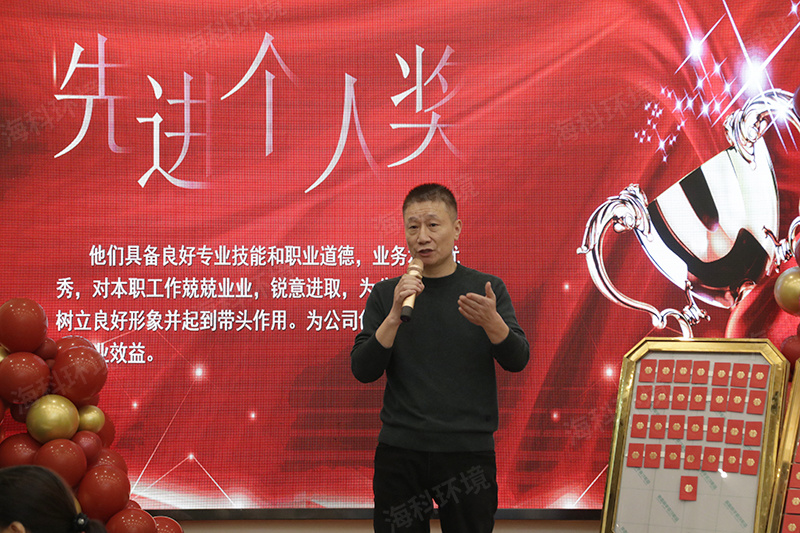ENERGY SAVING AND ENVIRONMENTAL PROTECTION EQUIPMENT AND ENGINEERING GENERAL CONTRACTING
Optimizing Efficiency in Coal Drying: Essential Insights for Industrial Professionals
2025-07-26
Coal dryers play a vital role in the energy sector and other industries where coal is a significant raw material. The drying process reduces moisture content, which is crucial for improving combustion efficiency, minimizing emissions, and enhancing overall performance in coal utilization. Here are several key factors to consider when exploring coal dryer technology:
1. **Understanding the Drying P
Coal dryers play a vital role in the energy sector and other industries where coal is a significant raw material. The drying process reduces moisture content, which is crucial for improving combustion efficiency, minimizing emissions, and enhancing overall performance in coal utilization. Here are several key factors to consider when exploring coal dryer technology:
1. **Understanding the Drying Process**: The drying of coal typically involves the application of heat to evaporate moisture. Different methods such as direct and indirect drying can be employed, depending on the specific requirements of the operation. Direct drying involves the use of hot gases to remove moisture, while indirect drying employs heated surfaces. Understanding the pros and cons of each method will enable you to select the most suitable option for your operation.
2. **Energy Efficiency**: One of the primary considerations in coal drying is energy consumption. Advanced coal dryer systems are designed to optimize energy use while maintaining high drying rates. Utilizing waste heat recovery systems can significantly improve efficiency by capturing heat from exhaust gases and reusing it in the drying process. This not only reduces operational costs but also minimizes environmental impact.
3. **Moisture Control**: Precise moisture control is critical in coal drying, as excessive moisture can lead to reduced calorific value and increased emissions during combustion. Implementing advanced moisture measurement technologies can aid in achieving optimal drying levels. Continuous monitoring allows for adjustments in real-time, ensuring that the coal maintains its desired quality throughout the drying process.
4. **Material Handling and Design**: The design of the coal dryer must accommodate the specific characteristics of the coal being processed. Factors such as particle size, shape, and flow characteristics can influence the choice of dryer design. A well-designed system should facilitate easy material handling, efficient heat transfer, and uniform drying.
5. **Environmental Compliance**: As regulations regarding emissions become more stringent, integrating eco-friendly practices in your coal drying process is crucial. Employing technologies that reduce dust emissions and other pollutants will not only ensure compliance but also promote sustainable operational practices.
In conclusion, staying abreast of the latest advancements in coal dryer technology and understanding the underlying principles of effective drying can significantly enhance productivity and sustainability in coal-dependent industries. By focusing on energy efficiency, moisture control, and environmentally friendly designs, industrial professionals can optimize their coal drying processes and contribute to a more sustainable future.
1. **Understanding the Drying Process**: The drying of coal typically involves the application of heat to evaporate moisture. Different methods such as direct and indirect drying can be employed, depending on the specific requirements of the operation. Direct drying involves the use of hot gases to remove moisture, while indirect drying employs heated surfaces. Understanding the pros and cons of each method will enable you to select the most suitable option for your operation.
2. **Energy Efficiency**: One of the primary considerations in coal drying is energy consumption. Advanced coal dryer systems are designed to optimize energy use while maintaining high drying rates. Utilizing waste heat recovery systems can significantly improve efficiency by capturing heat from exhaust gases and reusing it in the drying process. This not only reduces operational costs but also minimizes environmental impact.
3. **Moisture Control**: Precise moisture control is critical in coal drying, as excessive moisture can lead to reduced calorific value and increased emissions during combustion. Implementing advanced moisture measurement technologies can aid in achieving optimal drying levels. Continuous monitoring allows for adjustments in real-time, ensuring that the coal maintains its desired quality throughout the drying process.
4. **Material Handling and Design**: The design of the coal dryer must accommodate the specific characteristics of the coal being processed. Factors such as particle size, shape, and flow characteristics can influence the choice of dryer design. A well-designed system should facilitate easy material handling, efficient heat transfer, and uniform drying.
5. **Environmental Compliance**: As regulations regarding emissions become more stringent, integrating eco-friendly practices in your coal drying process is crucial. Employing technologies that reduce dust emissions and other pollutants will not only ensure compliance but also promote sustainable operational practices.
In conclusion, staying abreast of the latest advancements in coal dryer technology and understanding the underlying principles of effective drying can significantly enhance productivity and sustainability in coal-dependent industries. By focusing on energy efficiency, moisture control, and environmentally friendly designs, industrial professionals can optimize their coal drying processes and contribute to a more sustainable future.
Coal Dryer
RELEVANT INFORMATION
The 2023 Annual Meeting of Jiangsu Haike Environmental Technology Engineering Co., Ltd
2024-01-08
The 2023 Annual Meeting of Jiangsu Haike Environmental Technology Engineering Co., Ltd


 English
English Русский
Русский بالعربية
بالعربية

